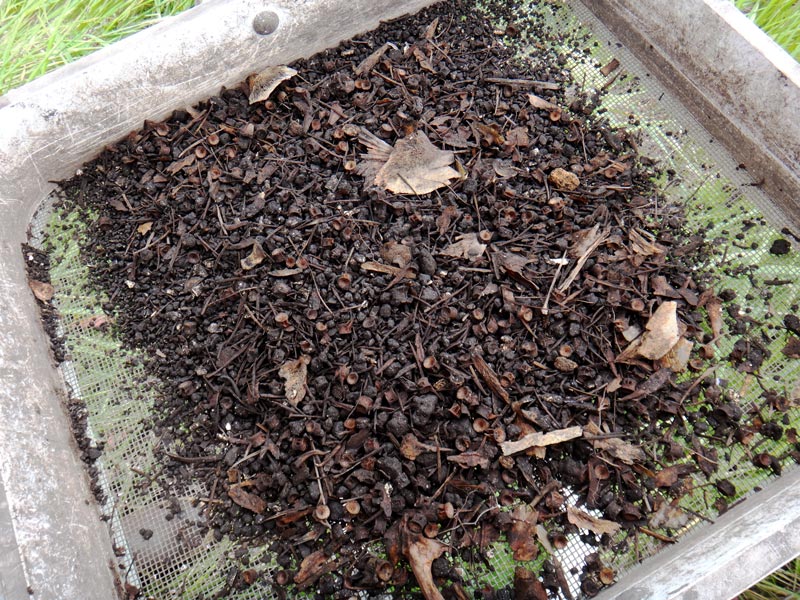
Mercury is one of the top ten contaminants of concern for human health identified by the World Health Organization. Our five-year collaborative research funded by the National Science Foundation, Office of Polar Programs will investigate the patterns of mercury contamination for the past 3000 years in ocean species important to Native Alaskan Diets. Mercury content of archaeological, historic, and modern bone samples will be measured in three species important for Alaskan coastal community subsistence, cultural, and commercial purposes: Pacific cod, Northern fur seal, and Steller sea lion. We will analyze mercury data in the context of food web dynamics, broad-scale climatic change, regional-scale regime shifts, acute natural occurrences such as volcanic eruptions, and potential human inputs, to determine key contributors to mercury dynamics in the Aleutian ecosystem.
Presenter and PI: Julie Avery. Co-Investigators: Nicole Misarti, Lorrie Rea, and Caroline Funk

Fragments of thousand year old Northern fur seal humerus, upper fore-limb bone, ready for mercury analysis. Photo by Julie Avery.
Image top: An archaeological screen sifts out the soil but captures bones and artifacts from an excavation. This screen contains bones from multiple species of fish from an archaeological dig on the Bering Sea coast in 2014. Photo by Nicole Misarti.
Meeting ID: 758 151 669
Passcode: 086100
One tap mobile
+12532158782,,758151669# US (Tacoma)
+13462487799,,758151669# US (Houston)